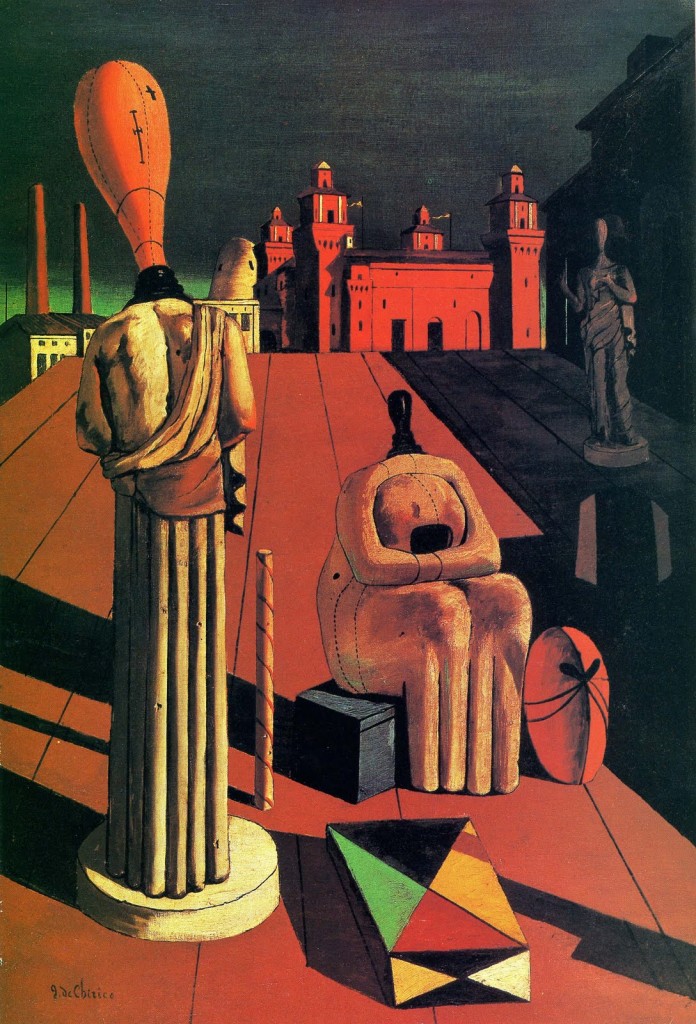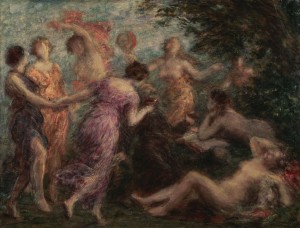As Barry is undertaking a podcast interview with a member of the Forgiveness Project, he suggested to me that I should write something about forgiveness in relation to the Middle Way. This is something I am glad to do, especially after looking at some of the inspiring material on the Forgiveness Project website. I hope that forgiveness is something the Middle Way Society can actively promote, because it seems to me central to the practice of the Middle Way and of integration. All I am going to do here is offer an explanation of why I think this is the case – i.e. to relate the ideas of forgiveness, integration and the Middle Way.
Forgiveness is something that people often think they offer to others who have wronged them. I’m not so sure that this is the main significance of forgiveness. I’d suggest that it would be better to understand forgiveness as a process of integration overcoming a conflict that is both external and internal. The internal representation of the conflict seems to be the one that is most at stake in forgiveness, because bitterness can linger long after overt conflict has finished. What we need to reconcile, primarily, is the part of ourselves that is in conflict with another person with the part of ourselves that is in sympathy with them. If we didn’t have such a rigid view of ourselves to begin with, it would not be a matter of “me” forgiving “you”, or “you” forgiving “me”: rather, we each need to forgive parts of ourselves. Of course external reconciliation can play a powerful part in that, but it may not necessarily be the most important part.
Let’s consider an extreme example: suppose that a child is murdered. It often seems that few voices are more rancorously unforgiving than the parents of a murdered child, such as the parents of Jamie Bulger, who were opposed to the release of the killers eight years later, even though they were only ten at the time of the killing – see BBC article. It’s not surprising that such an event produces huge and violent conflicts in the parents that are still going on eight years later. Any compassion for the killer (who may be in a very confused or brutalised state) is repressed under the power of protective rage and desire for revenge. Yet that compassion for the killer is still present, together with a recognition that the killer is a human being not so different from the victim. The power of the repression may even be expressed through language that denies the human status of the murderer.
Forgiveness can only happen when that compassion, opposed to the protective or retaliatory feelings, is accessed and reconciled with those feelings. When that happens, the protective feelings can finally be channelled in a productive direction that values the welfare of the offender as well as that of the offended. If we think about what might create barriers to that process, the relevance of the Middle Way also becomes evident, for it is metaphysical views that block that integration process. Those views might take the form of absolute beliefs about retaliatory justice in the case of a criminal offence. But there are also beliefs about the self that lead us to identify what we have lost as ‘me’ or ‘mine’,  beliefs about the other as absolutely evil, or even beliefs about God, or other religious or political absolutes. These might stand in the way of forgiveness, because they stop us incrementalising our loss and considering it is the same terms as the losses of those who have wronged us.
beliefs about the other as absolutely evil, or even beliefs about God, or other religious or political absolutes. These might stand in the way of forgiveness, because they stop us incrementalising our loss and considering it is the same terms as the losses of those who have wronged us.
Of course there’s also an alternative extreme – that of denying one’s own feelings and engaging in false and premature forgiveness. Forgiveness is not just a matter of telling people we forgive them, or even of telling ourselves we forgive them, but of reflecting both on our own feelings and on the grounds of compassion for the other, whilst cultivating a more generally integrated state of mind in which reconciliation can occur and the two impulses can unite. The same point would apply if it is ourselves we need to forgive – the process of shame or guilt being a similar matter of inner conflict.
If I consult my own experience, I am fortunate not to have ever been wronged in the kind of profound way Jamie Bulger’s parents were. Perhaps the biggest point requiring forgiveness from me involved being wronged by an employer, nearly ten years ago now. I think at that point I was too much concerned with immediate harmony and reasonableness, and should have stood up for myself more at a crucial point. As a result of my not doing so, I felt I was left with no alternative but to resign, and I started to feel my teaching career was over. Forgiveness became necessary for all the wrongs I started to load onto this incident , but it took me a long time to reach. The marker of forgiveness for me was no longer encountering hatred for this former employer in my meditation, but for years I would suddenly encounter it without warning, and realise that it was still there. The forgiveness could not be forced.
It is the Middle Way that makes forgiveness possible – or perhaps, conversely, also forgiveness that contributes to making the Middle Way possible. By avoiding both positive and negative dogmas surrounding wrongs that we have either done or had done to us, we can also avoid either premature and superficial forgiveness or a rigid failure to forgive. Whenever we forgive we need to address the conditions of our own hurt, but forgiveness is surely promoted by the practice of the Middle Way at all levels – for example by critical and reflective thought, by meditation, or by art that expresses and channels our anguish. Forgiveness is never easy, and neither is the Middle Way.
Picture: ‘Forgiveness’ by Barkamen (Wikimedia Commons)


